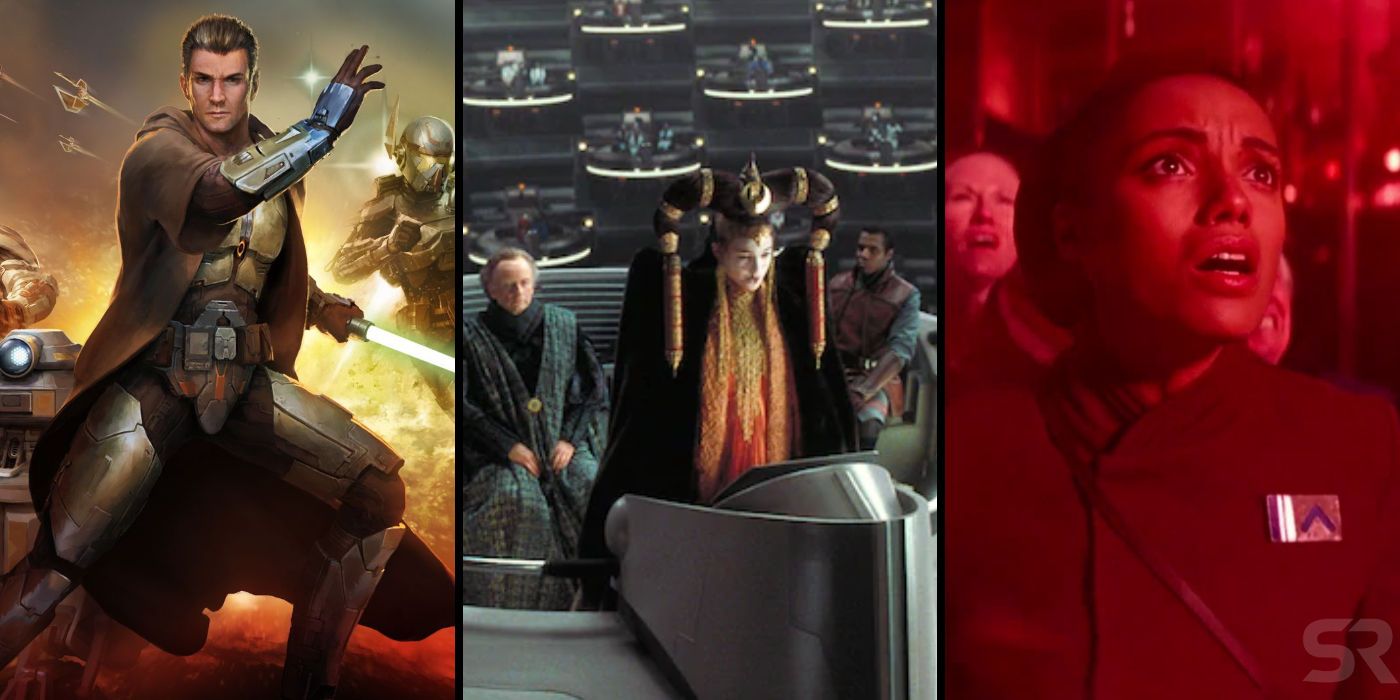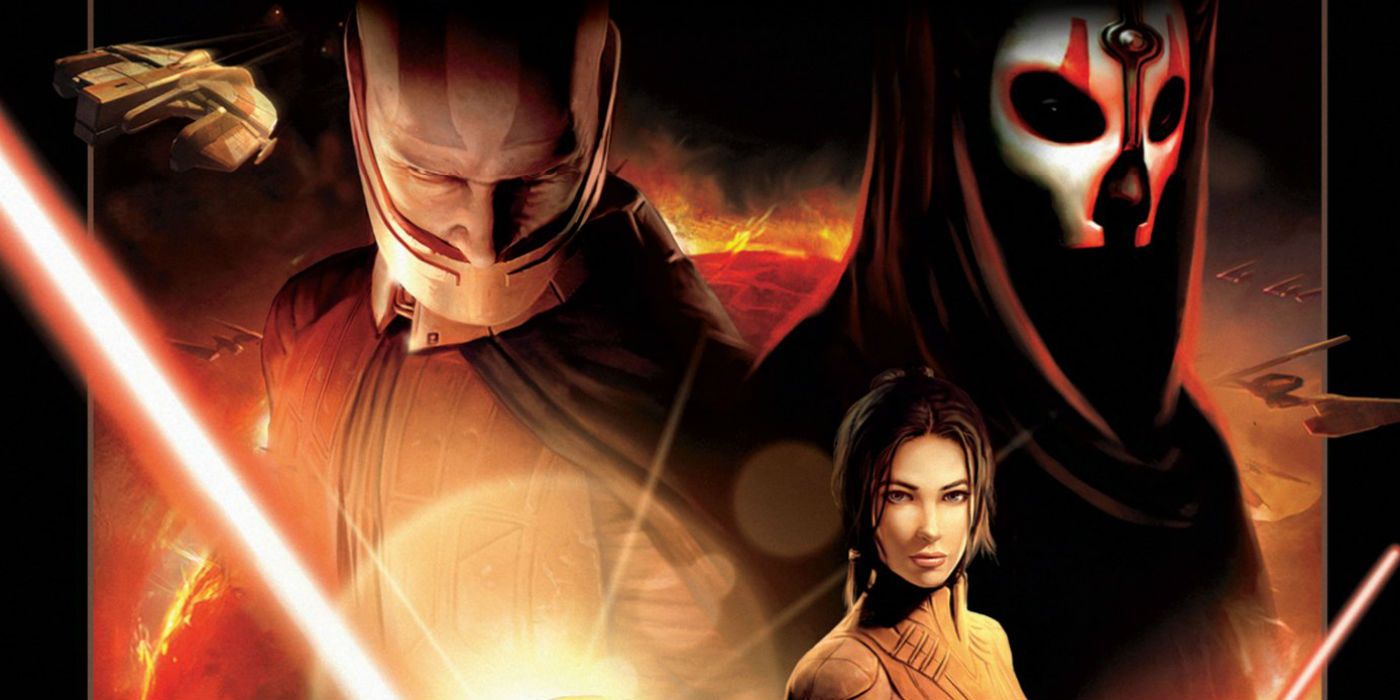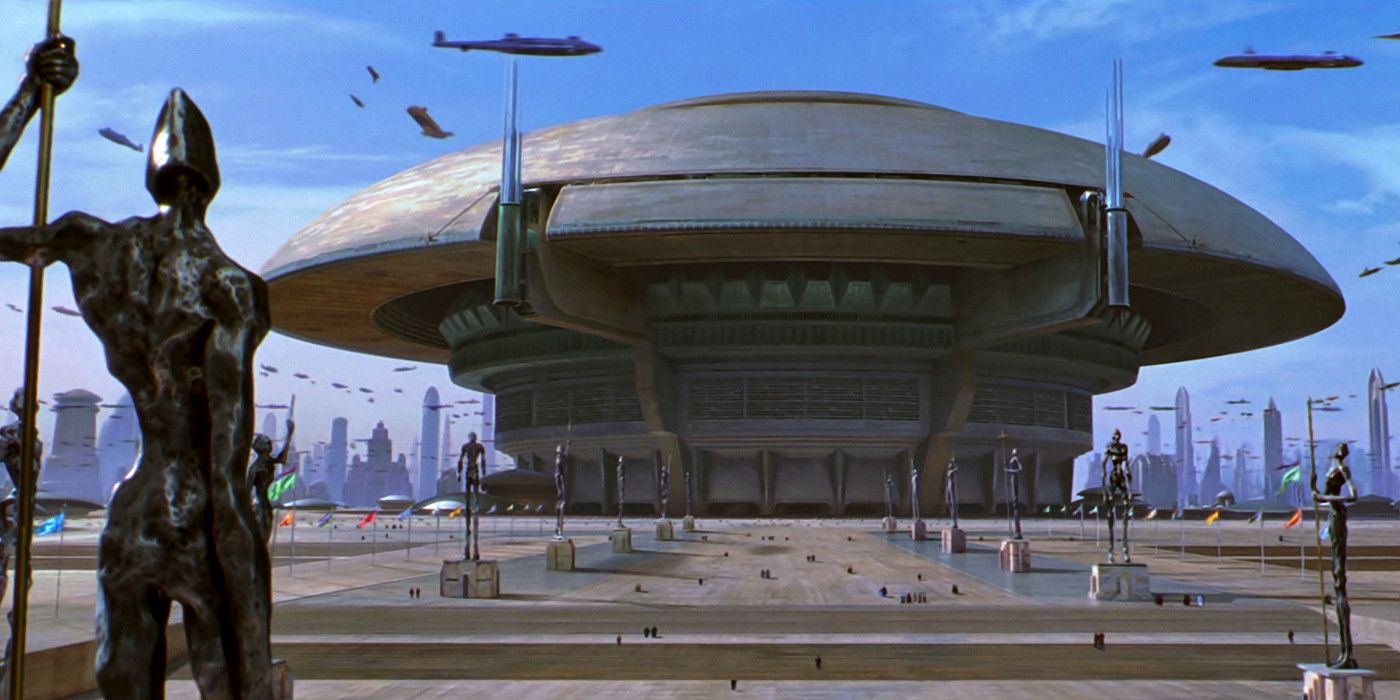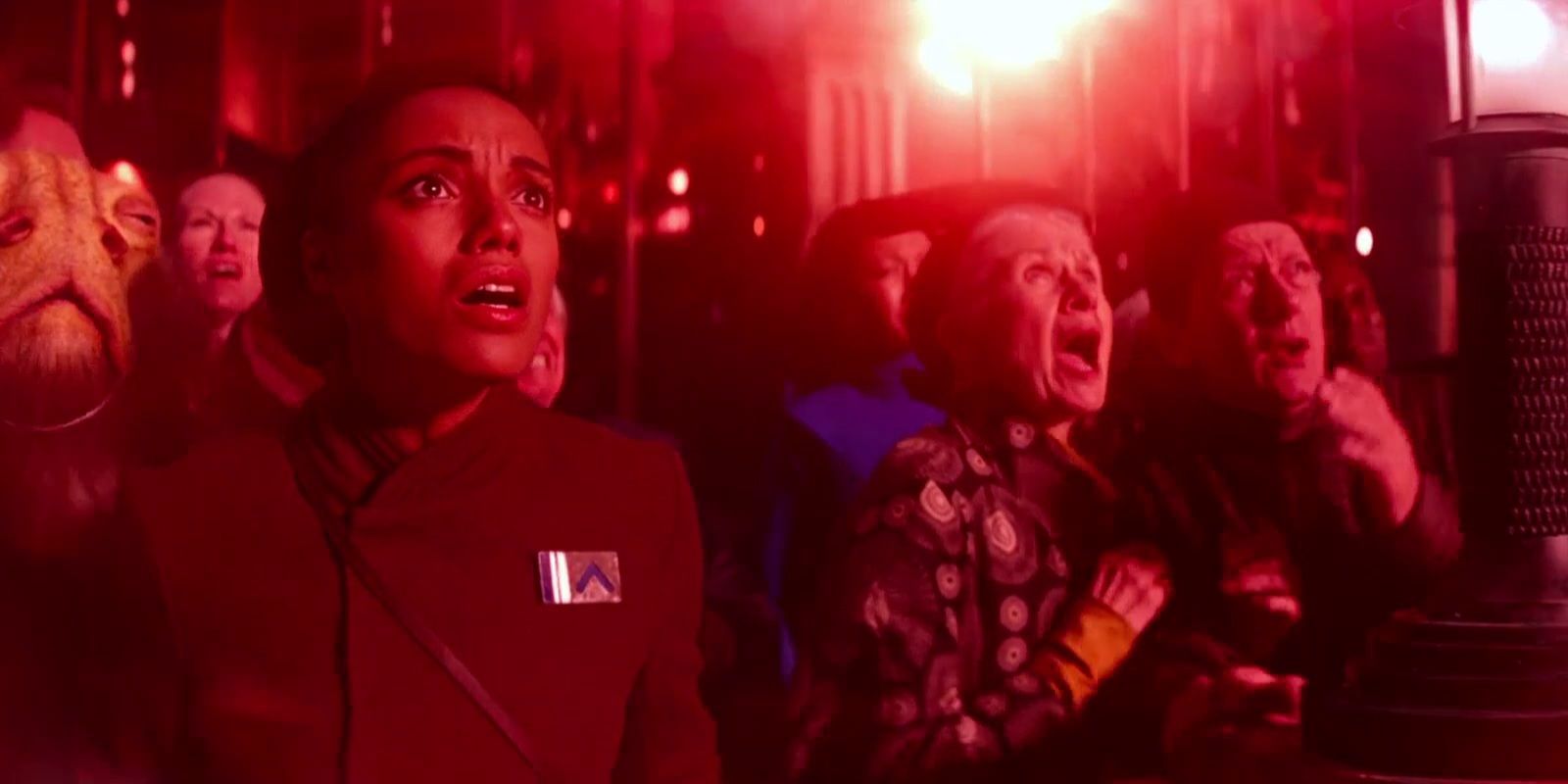There are three Republic eras in the Star Wars franchise, and before long, all three may be represented onscreen again. The canon timeline is broken up into three different eras: the Old Republic, the Galactic Republic, and the New Republic. The two that audiences are familiar with the most are the Galactic Republic and the New Republic, since both have been used as settings for movies in the Skywalker saga - during the prequel and sequel trilogies.
Another time that's been frequently brought up as of late is the High Republic, a term which was only recently invented. The High Republic is less of an era on its own though, and is best described as a part of the Galactic Republic era. The High Republic was a time where Jedi activity in the galaxy was expanding by a wide margin. The High Republic is a period rumored to be explored in another Star Wars movie series, though nothing has been confirmed as of yet.
As a universe that spans thousands and thousands of years, the world of Star Wars has offered fans opportunities to see not only different planets and systems, but also different times through a long list of video games, comics, movies, and TV shows. So far, the only one of the three that hasn't made it to the big screen is the Old Republic, but that could soon change if the reports about Lucasfilm making a Knights of the Old Republic movie and TV series are true.
A live-action adaptation of the popular video game series is something fans have been requesting for many years. However, according to the reports, the show may instead look at new stories from the same period. Regardless, this move would add representation to a popular period in Star Wars history. Here's what you need to know about all three Republic eras in the Star Wars universe.
Star Wars' The Old Republic Era Explained
The Old Republic era takes place several thousand years prior to the first movie in the Skywalker saga, Star Wars: Episode I - The Phantom Menace. The reach of the government now referred to as the Old Republic expanded as time went on, and eventually, it established its capital on the planet Coruscant. It was during the early days of the Old Republic that a faction of the Jedi broke away from the Jedi Order to embrace the dark side of the Force, a practice that was forbidden by the Order. This led to the birth of the Sith, and a war between the Jedi and the Sith known as the Hundred Year Darkness. At the end of the conflict, the Jedi were victorious and the Sith were banished.
Soon after, the Jedi Order built the Jedi Temple on Coruscant and developed close ties with the Old Republic, and helped ensure peace in the galaxy for the centuries that followed. The ways of the Old Republic brought them into conflict with other civilizations, such as the Mandalorians and the Zygerrians. Further complicating matters for the Old Republic was the return of the Sith, who secretly rebuilt and became even more powerful in their long absence. Continuous wars with their numerous enemies is eventually what brought the Old Republic to its knees. It was one of these conflicts that were the focus of the classic Knights of the Old Republic video game that told the story of Darth Revan, who is now officially Star Wars canon. In the end, the Jedi defeated the Sith - who survived because of Darth Bane instituting the Rule of Two - and the Old Republic was succeeded by the Galactic Republic.
Star Wars' The Galactic Republic Era Explained
One of the eras that audiences are most familiar with is the age of the Galactic Republic, which was the setting for the Star Wars prequel trilogy. The Galactic Republic was ruled by 2,000 senators, who were presided over by an elected official called the Supreme Chancellor. For a while, the Galactic Republic functioned as a democratic government and nearly saw an entire millennium of peace. Thousands of star systems joined the Republic, not by being conquered but by being encouraged to trade with the inner systems in the galaxy, such as Coruscant. Unfortunately, as seen in the prequel trilogy, things took a bad turn when Sheev Palpatine infiltrated the government as Supreme Chancellor and masterminded a conspiracy that allowed him to become Emperor. After seizing power, Palpatine executed Order 66, which eliminated the Jedi Order.
He did this by orchestrating the Clone War, in which the Separatists and their droid army fought against the Republic and its clone troopers. Under Palpatine's leadership, the Galactic Republic evolved into the Galactic Empire, adopted fascist policies, and became a corrupt, authoritarian government that crushed anyone who opposed them, leading thousands of people to launch a rebellion against the Empire. The original Star Wars trilogy deals directly with the struggle between the Galactic Empire and the Rebels. In Return of the Jedi, the Galactic Empire is finally brought down when Luke Skywalker defeats the Emperor and restores peace to the galaxy.
Star Wars' The New Republic Era Explained
The New Republic was formed in the aftermath of the Galactic Empire's fall by people who sought to bring back what Palpatine ruined, the Galactic Republic. It was this period in the Star Wars timeline that was explored by Disney's Star Wars sequel trilogy. The first onscreen depiction of the New Republic, which was originally only seen in the Star Wars Expanded Universe, occurred in Star Wars: The Force Awakens, which took place 30 years after Palpatine's "death". Disney+'s The Mandalorian further explores the New Republic and how it operated by taking place several years after the fall of the Empire. However, since The Mandalorian is set mostly in the outer rim of the galaxy, the New Republic doesn't have a large influence in that region.
The goal of the New Republic was to restore things to what they were, including the Senate, but problems arose when a new power, the First Order, threatened to destroy what they were trying to build, beginning with the destruction of one of the New Republic's capitals on Hosnian Prime. Led by Supreme Leader Snoke, the First Order rose up from the remnants of the Empire, which included officials, soldiers, and more who remained loyal to what the Empire represented. The First Order set out to dismantle the New Republic and become its new rulers. The First Order succeeded in their plans and wiped out the Senate. People who served under what was once the New Republic opposed the First Order and formed the Resistance. Star Wars: The Last Jedi and Star Wars: The Rise of Skywalker explored the repercussions of the First Order's victory and the efforts of the Resistance to fight back against and eventually defeat their oppressors.
Considering that the New Republic only lasted for a few short decades, the era of the New Republic is obviously the shortest of the three, though it's possible that it was re-established after the First Order's fall. Rise of Skywalker doesn't make it clear what will rise up in its place, but later Star Wars movies and TV shows - depending on the setting - could shed some light on the future of the Star Wars universe and the government that takes the place of the First Order.




